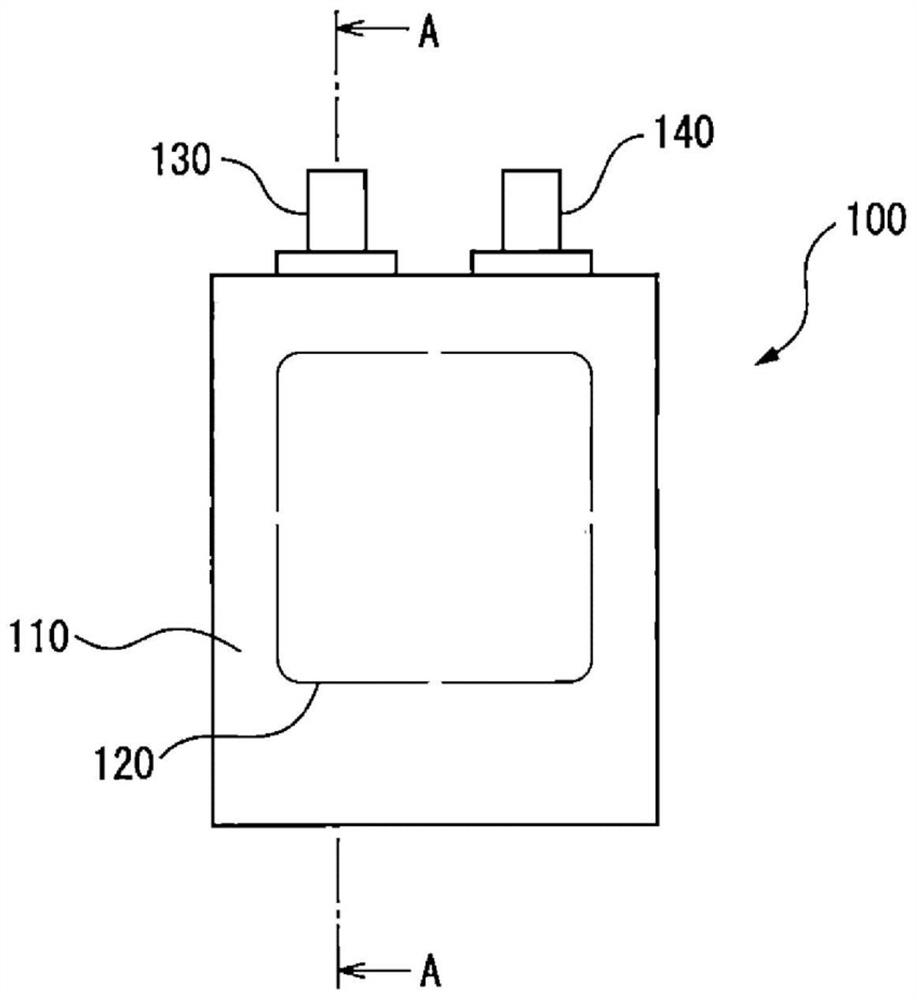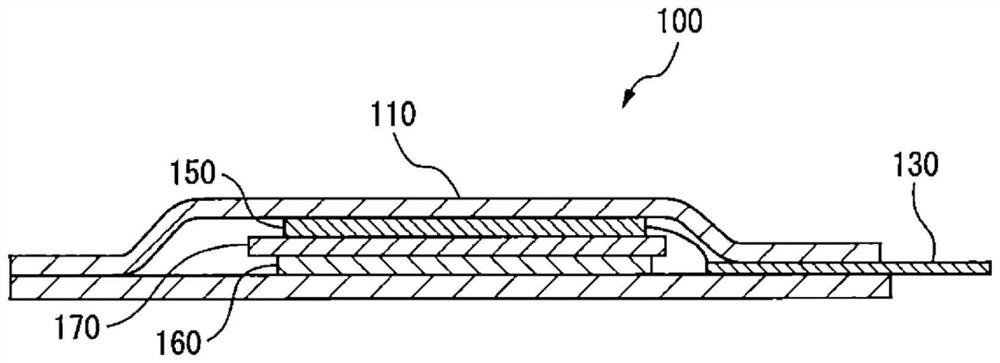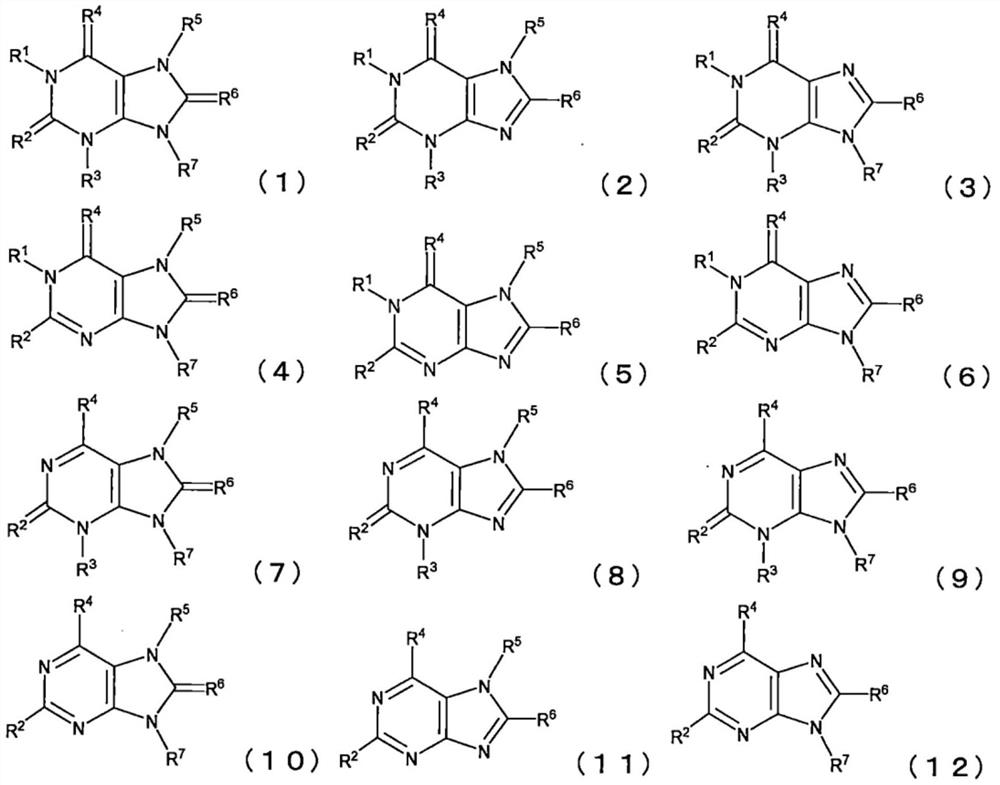Nonaqueous electrolyte solution and nonaqueous secondary battery
A non-aqueous electrolyte and non-aqueous solvent technology, which is applied in the direction of non-aqueous electrolyte batteries, secondary batteries, non-aqueous electrolytes, etc., can solve the problems of report cases that are not practical, achieve improved output characteristics and cycle performance, and improve Output characteristics, effects of corrosion prevention
- Summary
- Abstract
- Description
- Claims
- Application Information
AI Technical Summary
Problems solved by technology
Method used
Image
Examples
no. 1 Embodiment approach >
[0079] The non-aqueous electrolytic solution of the first embodiment and the non-aqueous secondary battery containing the same will be described below. If the non-aqueous secondary battery of this embodiment is used, it is possible to provide a solution to suppress the decomposition reaction of the non-aqueous electrolyte components caused by the active oxygen species generated along with the electrochemical reaction, thereby suppressing A non-aqueous electrolytic solution capable of improving output characteristics and cycle performance over a wide temperature range and self-discharge at a high temperature exceeding 60° C. due to deterioration reaction, and a non-aqueous secondary battery having the same.
[0080]
[0081] The "nonaqueous electrolytic solution" in the first embodiment refers to an electrolytic solution in which water is 1% by mass or less with respect to the total amount of the nonaqueous electrolytic solution. The non-aqueous electrolytic solution of the p...
no. 2 Embodiment approach >
[0247] The non-aqueous electrolytic solution of the second embodiment and the non-aqueous secondary battery containing the same will be described below.
[0248] If the non-aqueous secondary battery of this embodiment is used, firstly, it is possible to provide a solution to suppress the decomposition reaction of the non-aqueous electrolyte components caused by the active oxygen species generated along with the electrochemical reaction, and to suppress the internal discharge of the non-aqueous secondary battery. A non-aqueous electrolytic solution capable of improving output characteristics and cycle performance over a wide temperature range, and a non-aqueous secondary battery equipped with the same. In addition, by controlling the compounding ratio of the lithium (Li) salt, the second method can avoid insufficient formation of negative electrode SEI or corrosion of the aluminum (Al) current collector, and suppress the thermal deterioration of the Li salt. Deterioration react...
no. 3 Embodiment approach >
[0297] The non-aqueous electrolytic solution of the third embodiment and the non-aqueous secondary battery containing the same will be described below. If the non-aqueous secondary battery of this embodiment is used, it is possible to provide a solution to avoid insufficient formation of SEI at the negative electrode or corrosion of the aluminum (Al) collector by controlling the compounding ratio of the lithium (Li) salt, and to suppress the corrosion caused by the Li salt. A non-aqueous electrolyte that can improve the output characteristics of the non-aqueous secondary battery over a wide temperature range, long-term durability at high temperatures exceeding 60°C, and cycle performance , and a non-aqueous secondary battery having the same.
[0298] In the third embodiment, the elements described in the first and second embodiments can be appropriately applied to various elements for obtaining a non-aqueous secondary battery. For example, the preferred form in this embodimen...
PUM
| Property | Measurement | Unit |
|---|---|---|
| Conductivity | aaaaa | aaaaa |
| Flash point | aaaaa | aaaaa |
| Weight per unit area | aaaaa | aaaaa |
Abstract
Description
Claims
Application Information
 Login to View More
Login to View More - R&D
- Intellectual Property
- Life Sciences
- Materials
- Tech Scout
- Unparalleled Data Quality
- Higher Quality Content
- 60% Fewer Hallucinations
Browse by: Latest US Patents, China's latest patents, Technical Efficacy Thesaurus, Application Domain, Technology Topic, Popular Technical Reports.
© 2025 PatSnap. All rights reserved.Legal|Privacy policy|Modern Slavery Act Transparency Statement|Sitemap|About US| Contact US: help@patsnap.com



